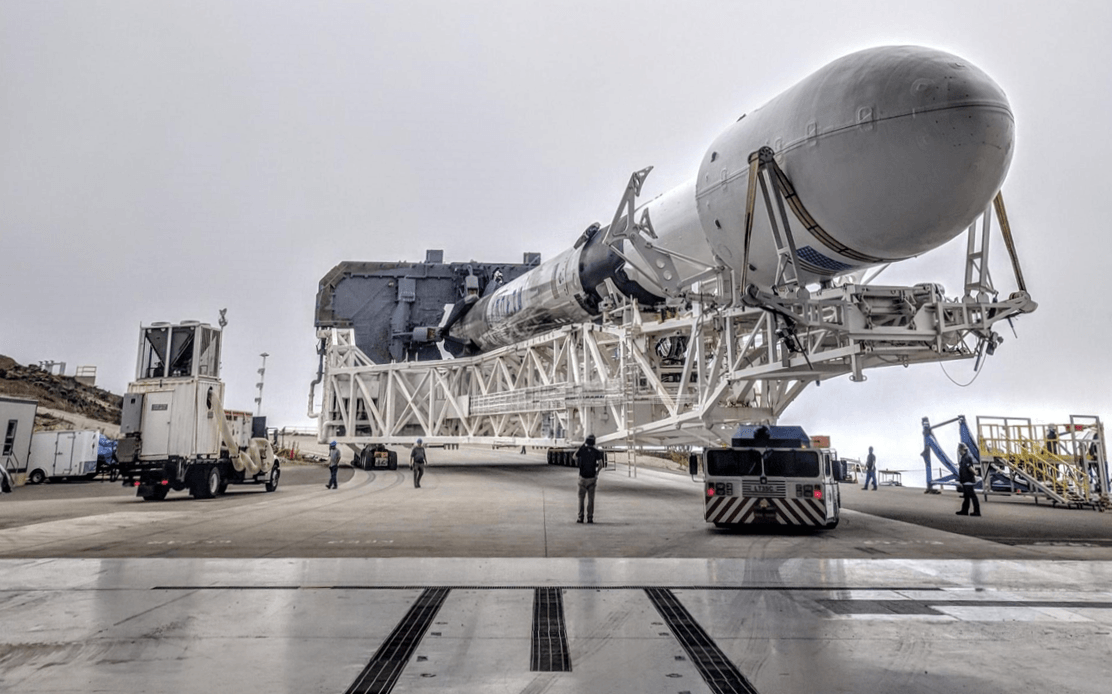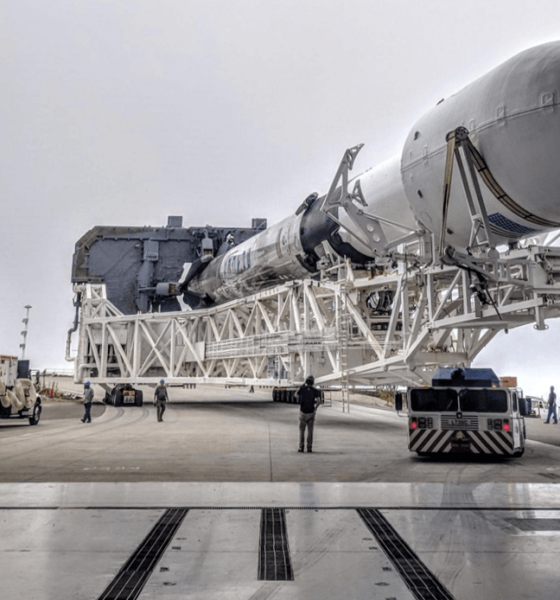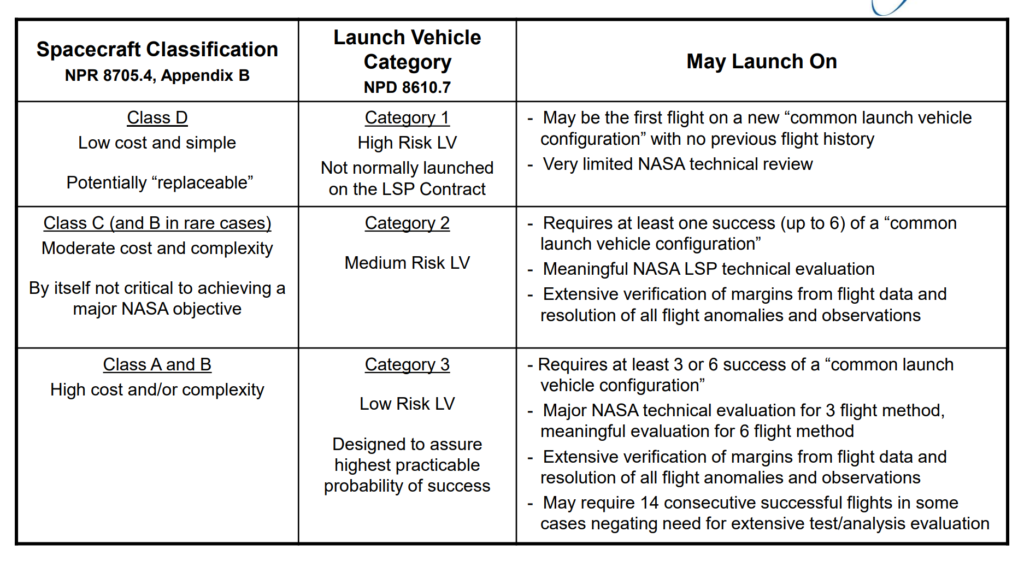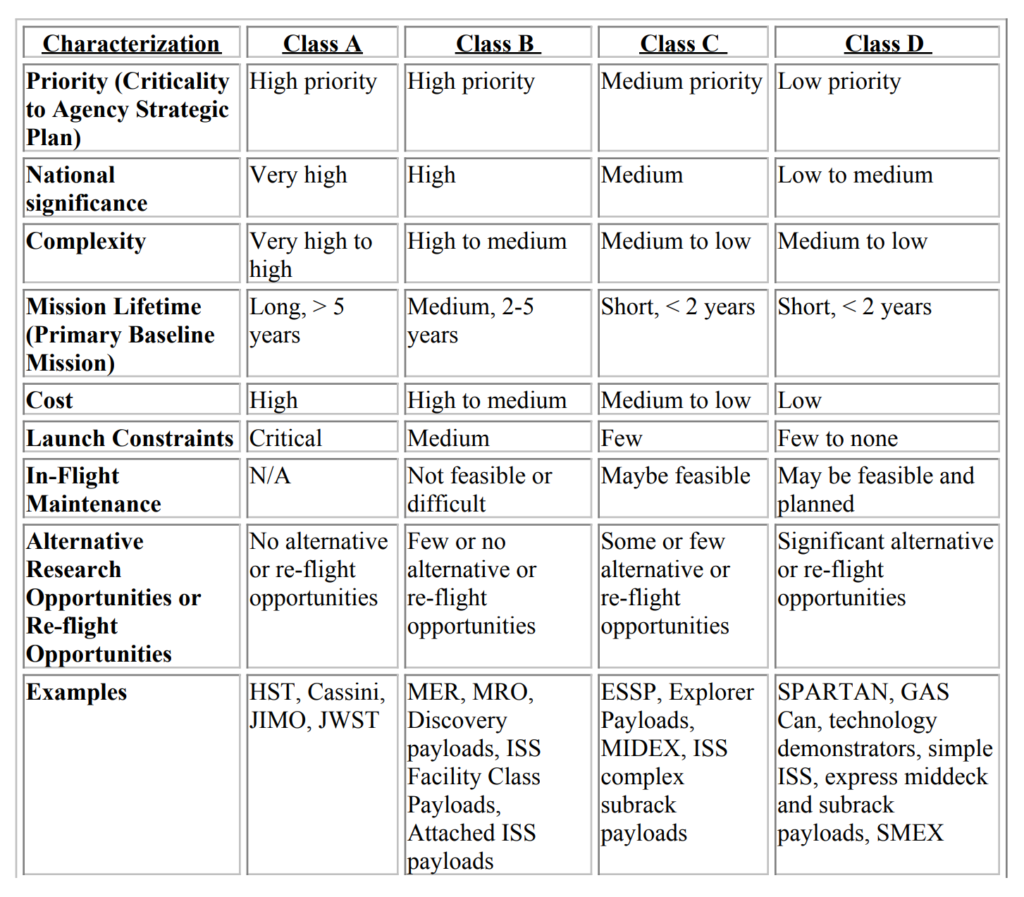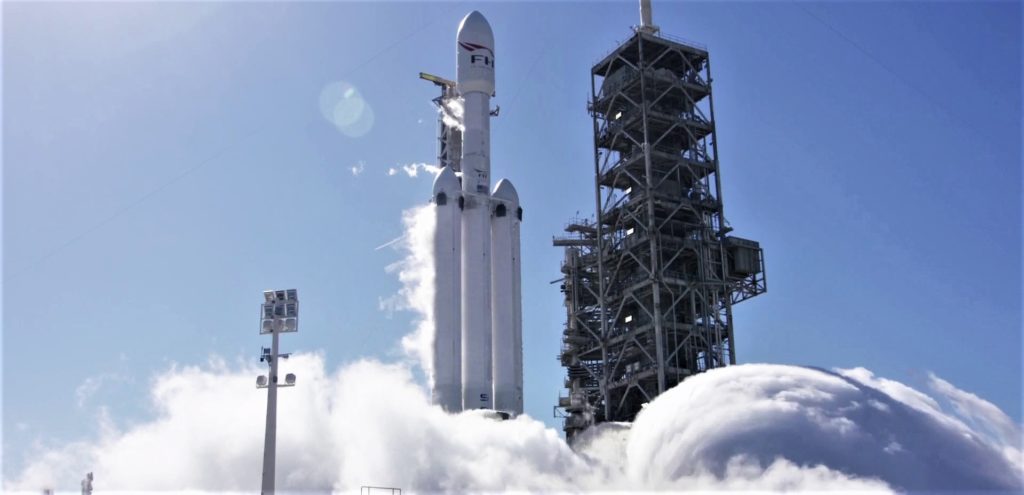NASA has certified SpaceX’s Falcon 9 (likely F9 v1.2) to launch the space agency’s most valuable and critical scientific spacecraft, opening up the floor for SpaceX to routinely compete for missions comparable to Hubble Space Telescope, the Curiosity Mars rover (Mars Science Laboratory), Cassini (a Saturn orbiter), and James Webb Space Telescope, among many others.
As SpaceX nears the Falcon family’s 35th consecutive launch success, this certification serves as a pragmatic endorsement of the years of work the company has put into optimizing Falcon 9 for performance and reliability.
SpaceX announces that NASA’s Launch Services Program has given Category 3 certification to the Falcon 9, making it eligible for “NASA’s highest cost and most complex scientific missions,” according to its statement.
— Jeff Foust (@jeff_foust) November 8, 2018
Although Falcon 9 is capable of extremely impressive performance beyond Earth orbit, that performance only becomes truly competitive with ULA’s Atlas V rocket when Falcon 9 is launched as a fully expendable vehicle. Regardless, both Falcon 9 and Falcon Heavy are all but guaranteed to cost far less than a comparably capable Atlas V, even assuming no recovery attempt is made. Given the rarity of such valuable NASA launches, typically no more than two annually at best, SpaceX would undoubtedly be more than happy to expend as much hardware as necessary to give NASA a competitive offer for the performance it needs.
“LSP Category 3 certification is a major achievement for the Falcon 9 team and represents another key milestone in our close partnership with NASA. We are honored to have the opportunity to provide cost-effective and reliable launch services to the country’s most critical scientific payloads.” – Gwynne Shotwell, COO and President of SpaceX
Still, the fact remains that most – if not all – of NASA’s high-value “Class A or B” missions end up being extremely heavy spacecraft, either as a result of large and expensive scientific instruments, a need for lots of extra onboard propellant, or some combination of the two. Saturnian orbiter Cassini, launched in 1997, weighed a full ~5700 kg (~12,600 lbs) and had to make its way from Earth to Saturn, a journey of many hundreds of millions of miles. Hubble, placed in a medium Earth orbit, weighed 11,100 kg (24,500 lbs) at liftoff. The Curiosity rover – including cruise stage, reentry hardware, and rocket crane – weighed ~3900 kg (~8600 lbs) at launch.
- NASA LSP’s launch vehicle classification.
- The corresponding spacecraft classifications, ranging from low-value to high-value.
- Falcon Heavy’s first static fire, Feb. 2018. (SpaceX)
- SpaceX and NASA’s most recent science spacecraft launch, TESS. (SpaceX)
Paving the way for Falcon Heavy
Falcon 9 routinely launches payloads as heavy as that but only to comparatively low-energy orbits around Earth – to launch the same massive payloads beyond Earth orbit requires far more energy and thus rocket performance. Perhaps the most encouraging part of this NASA certification is the demonstration that NASA’s trust in SpaceX rockets has grown to the point that Falcon Heavy certification is likely just a matter of time. In order to qualify for “LSP Category 3” certification, any given rocket must launch anywhere from 3-6 times depending on what the certification board feels is necessary.
SpaceX has at least two Falcon Heavy launches scheduled for 2019. Combined with the rocket’s nearly flawless February 2018 launch debut, those two launches – commsat Arabsat 6A and the Air Force’s STP-2 mission – could satisfy NASA LSP and allow the agency to certify Falcon Heavy for flagship science missions. If/when that occurs, SpaceX will be able to offer NASA all the performance they will conceivably need for the foreseeable future, ensuring that NASA will be able to compete most future launch contracts. At worst, a ULA victory would force the company to significantly lower their prices.
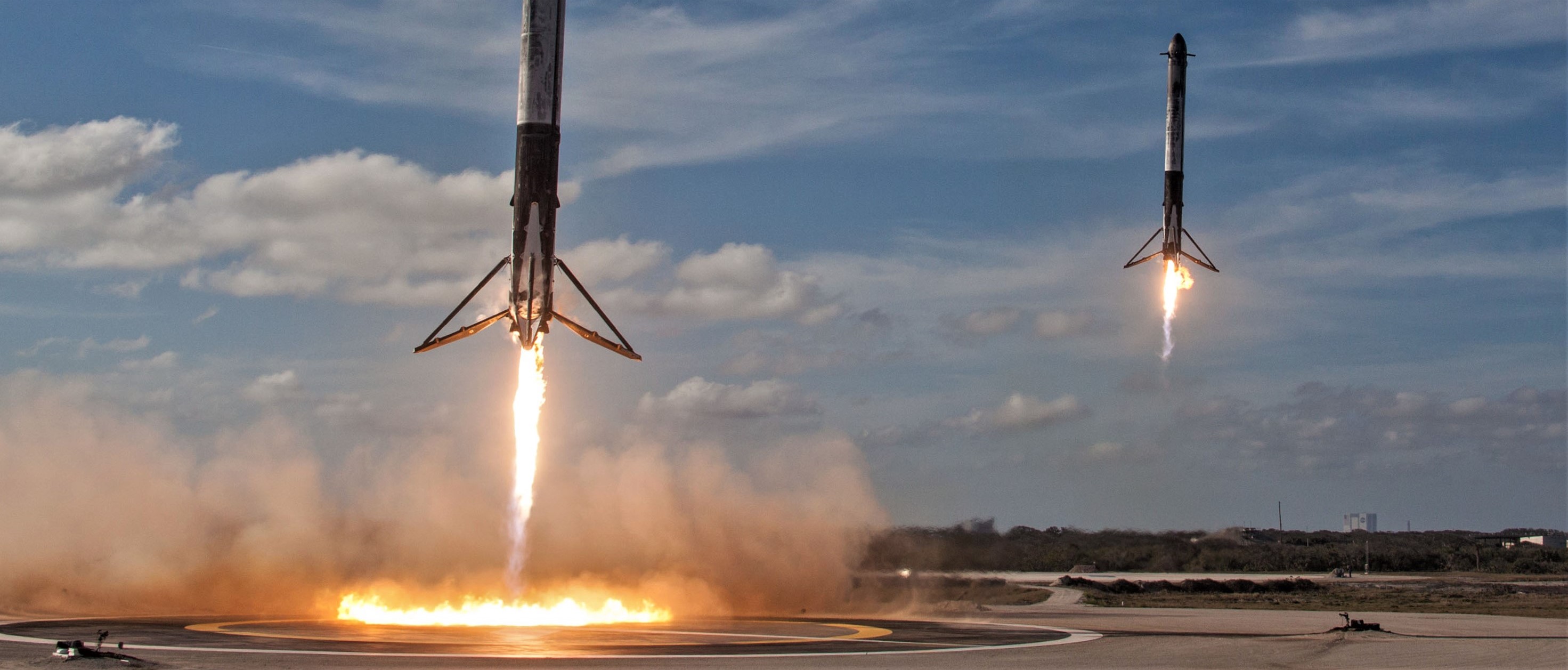
For prompt updates, on-the-ground perspectives, and unique glimpses of SpaceX’s rocket recovery fleet check out our brand new LaunchPad and LandingZone newsletters!

Elon Musk
Elon Musk’s X will start using a Tesla-like software update strategy
The initiative seems designed to accelerate updates to the social media platform, while maintaining maximum transparency.

Elon Musk’s social media platform X will adopt a Tesla-esque approach to software updates for its algorithm.
The initiative seems designed to accelerate updates to the social media platform, while maintaining maximum transparency.
X’s updates to its updates
As per Musk in a post on X, the social media company will be making a new algorithm to determine what organic and advertising posts are recommended to users. These updates would then be repeated every four weeks.
“We will make the new 𝕏 algorithm, including all code used to determine what organic and advertising posts are recommended to users, open source in 7 days. This will be repeated every 4 weeks, with comprehensive developer notes, to help you understand what changed,” Musk wrote in his post.
The initiative somewhat mirrors Tesla’s over-the-air update model, where vehicle software is regularly refined and pushed to users with detailed release notes. This should allow users to better understand the details of X’s every update and foster a healthy feedback loop for the social media platform.
xAI and X
X, formerly Twitter, has been acquired by Elon Musk’s artificial intelligence startup, xAI last year. Since then, xAI has seen a rapid rise in valuation. Following the company’s the company’s upsized $20 billion Series E funding round, estimates now suggest that xAI is worth tens about $230 to $235 billion. That’s several times larger than Tesla when Elon Musk received his controversial 2018 CEO Performance Award.
As per xAI, the Series E funding round attracted a diverse group of investors, including Valor Equity Partners, Stepstone Group, Fidelity Management & Research Company, Qatar Investment Authority, MGX, and Baron Capital Group, among others. Strategic partners NVIDIA and Cisco Investments also continued support for building the world’s largest GPU clusters.
News
Tesla FSD Supervised wins MotorTrend’s Best Driver Assistance Award
The decision marks a notable reversal for the publication from prior years, with judges citing major real-world improvements that pushed Tesla’s latest FSD software ahead of every competing ADAS system.

Tesla’s Full Self-Driving (Supervised) system has been named the best driver-assistance technology on the market, earning top honors at the 2026 MotorTrend Best Tech Awards.
The decision marks a notable reversal for the publication from prior years, with judges citing major real-world improvements that pushed Tesla’s latest FSD software ahead of every competing ADAS system. And it wasn’t even close.
MotorTrend reverses course
MotorTrend awarded Tesla FSD (Supervised) its 2026 Best Tech Driver Assistance title after extensive testing of the latest v14 software. The publication acknowledged that it had previously criticized earlier versions of FSD for erratic behavior and near-miss incidents, ultimately favoring rivals such as GM’s Super Cruise in earlier evaluations.
According to MotorTrend, the newest iteration of FSD resolved many of those shortcomings. Testers said v14 showed far smoother behavior in complex urban scenarios, including unprotected left turns, traffic circles, emergency vehicles, and dense city streets. While the system still requires constant driver supervision, judges concluded that no other advanced driver-assistance system currently matches its breadth of capability.
Unlike rival systems that rely on combinations of cameras, radar, lidar, and mapped highways, Tesla’s FSD operates using a camera-only approach and is capable of driving on city streets, rural roads, and freeways. MotorTrend stated that pure utility, the ability to handle nearly all road types, ultimately separated FSD from competitors like Ford BlueCruise, GM Super Cruise, and BMW’s Highway Assistant.
High cost and high capability
MotorTrend also addressed FSD’s pricing, which remains significantly higher than rival systems. Tesla currently charges $8,000 for a one-time purchase or $99 per month for a subscription, compared with far lower upfront and subscription costs from other automakers. The publication noted that the premium is justified given FSD’s unmatched scope and continuous software evolution.
Safety remained a central focus of the evaluation. While testers reported collision-free operation over thousands of miles, they noted ongoing concerns around FSD’s configurable driving modes, including options that allow aggressive driving and speeds beyond posted limits. MotorTrend emphasized that, like all Level 2 systems, FSD still depends on a fully attentive human driver at all times.
Despite those caveats, the publication concluded that Tesla’s rapid software progress fundamentally reshaped the competitive landscape. For drivers seeking the most capable hands-on driver-assistance system available today, MotorTrend concluded Tesla FSD (Supervised) now stands alone at the top.
News
Elon Musk’s Grokipedia surges to 5.6M articles, almost 79% of English Wikipedia
The explosive growth marks a major milestone for the AI-powered online encyclopedia, which was launched by Elon Musk’s xAI just months ago.

Elon Musk’s Grokipedia has grown to an impressive 5,615,201 articles as of today, closing in on 79% of the English Wikipedia’s current total of 7,119,376 articles.
The explosive growth marks a major milestone for the AI-powered online encyclopedia, which was launched by Elon Musk’s xAI just months ago. Needless to say, it would only be a matter of time before Grokipedia exceeds English Wikipedia in sheer volume.
Grokipedia’s rapid growth
xAI’s vision for Grokipedia emphasizes neutrality, while Grok’s reasoning capabilities allow for fast drafting and fact-checking. When Elon Musk announced the initiative in late September 2025, he noted that Grokipedia would be an improvement to Wikipedia because it would be designed to avoid bias.
At the time, Musk noted that Grokipedia “is a necessary step towards the xAI goal of understanding the Universe.”
Grokipedia was launched in late October, and while xAI was careful to list it only as Version 0.1 at the time, the online encyclopedia immediately earned praise. Wikipedia co-founder Larry Sanger highlighted the project’s innovative approach, noting how it leverages AI to fill knowledge gaps and enable rapid updates. Netizens also observed how Grokipedia tends to present articles in a more objective manner compared to Wikipedia, which is edited by humans.
Elon Musk’s ambitious plans
With 5,615,201 total articles, Grokipedia has now grown to almost 79% of English Wikipedia’s article base. This is incredibly quick, though Grokipedia remains text-only for now. xAI, for its part, has now updated the online encyclopedia’s iteration to v0.2.
Elon Musk has shared bold ideas for Grokipedia, including sending a record of the entire knowledge base to space as part of xAI’s mission to preserve and expand human understanding. At some point, Musk stated that Grokipedia will be renamed to Encyclopedia Galactica, and it will be sent to the cosmos.
“When Grokipedia is good enough (long way to go), we will change the name to Encyclopedia Galactica. It will be an open source distillation of all knowledge, including audio, images and video. Join xAI to help build the sci-fi version of the Library of Alexandria!” Musk wrote, adding in a later post that “Copies will be etched in stone and sent to the Moon, Mars and beyond. This time, it will not be lost.”
